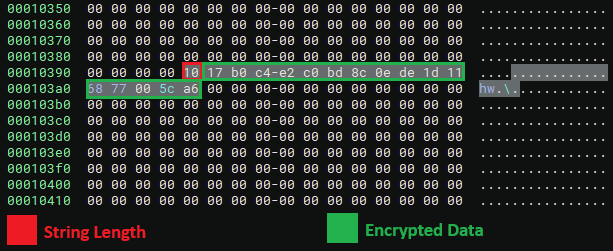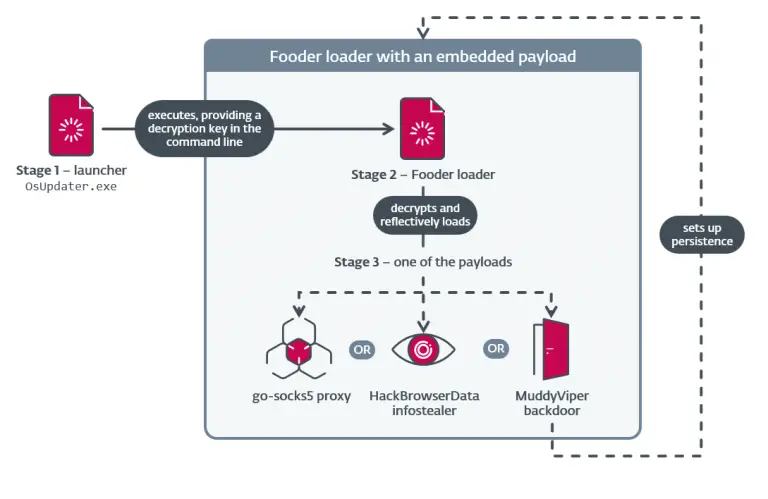
An example of an encrypted string within the malware. (Source: Flashpoint)
Amid the escalating wave of cyber threats, researchers have identified a novel strain of malware designed to disrupt industrial control systems. The malicious program, dubbed IOCONTROL, has been observed in targeted attacks against fuel infrastructure in the United States and Israel, and is believed to be associated with the pro-Iranian hacktivist collective known as Cyber Av3ngers.
According to intelligence from Flashpoint, IOCONTROL is tailored to compromise Internet of Things (IoT) and Operational Technology (OT) devices, primarily running on Linux. The first samples of the malware surfaced in December 2024, and although incidents remain limited, security analysts are sounding the alarm due to the malware’s capabilities and the developer’s apparent intent to market it via Telegram and underground forums.
A key evasion technique employed by IOCONTROL is the use of a modified UPX packer, rendering conventional unpacking methods ineffective. While standard UPX utilities fail, the malware successfully decompresses itself in memory during execution. Upon initialization, it sets several environment variables using a hardcoded GUID, which later plays a critical role in the decryption of embedded strings.
To maintain persistence, IOCONTROL creates directories with full access permissions, replicates itself into system paths, and deploys a bash script configured to auto-launch upon device startup. Once active, it performs DNS queries through Cloudflare, resolves the IP address of its command-and-control server, and establishes a connection using the MQTT protocol—a lightweight messaging protocol ideal for resource-constrained environments.
Once connected, IOCONTROL exfiltrates key system information, including the kernel version, hostname, time zone, and additional configuration details, all transmitted in a “hello” packet over MQTT. For command execution, it dynamically loads the libc library and leverages the system() call—a method also utilized to spawn reverse shells and other remote-access functions.
The malware includes essential backdoor capabilities: it can relay system diagnostics, execute commands, probe for specific components, perform network reconnaissance, and even initiate self-deletion. While its core functions appear minimal, the ability to execute arbitrary system commands opens a gateway for deploying secondary payloads or initiating destructive actions.
Crucial data, including C2 server addresses, is encrypted using AES-256 in CBC mode. The encryption key and initialization vector are derived from environment variables seeded with the hashed GUID, significantly complicating static analysis and impeding traditional signature-based detection.
Flashpoint further notes that the malware’s author appears to be an individual actor, actively advertising the tool across Telegram and BreachForums. While the precise asking price remains undisclosed, the availability of such malware raises the specter of a broader wave of attacks, particularly against critical infrastructure.
Against the backdrop of rising data breaches and high-profile cyber incidents, the emergence of IOCONTROL in the cybercriminal arsenal underscores the increasing threat to industrial systems. Given its clear focus on operational environments and its potential for widespread distribution, the situation demands heightened vigilance and robust incident response preparedness.


